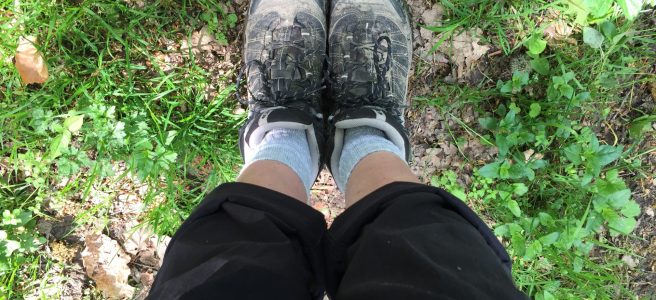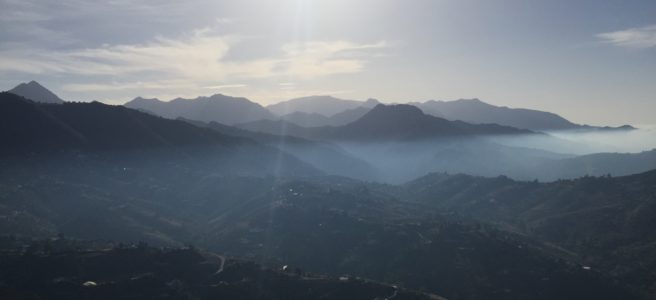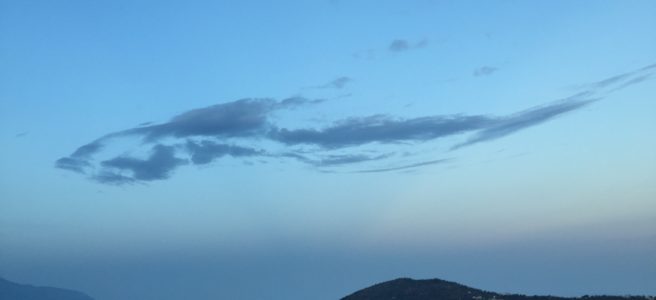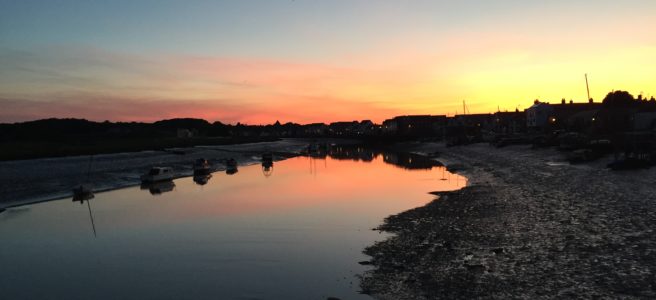Walks. The body advances, while the mind flutters around it like a bird. — Jules Renard
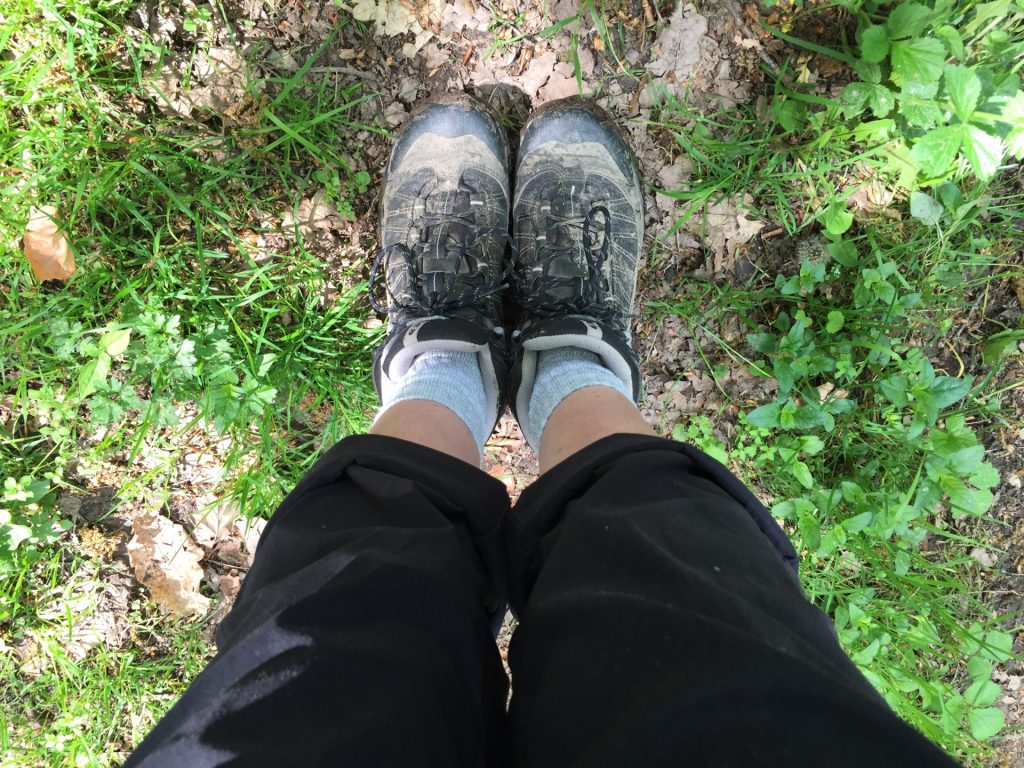
As Lao-tzu, the great Zen sage said: ‘A journey of thousand miles begins with a single step.’ This small, but profound idea is a call to simplicity, to breaking down the big daunting tasks of life into bitesize achievable chunks, and most of all it’s a call to starting somewhere. It’s a proverb that applies equally well to walking and writing.
The walkers amongst you will understand only too well the psychology of chunking, for what big walk can be started or summit reached without the incentive of snack and drink breaks at various points along the way? Of course, there are some walkers who thrive on the chase: the race to the finish, their competitive streak setting them in motion, propelling them to the top and back at breakneck speed. Whatever the process, no walk can be completed without it first being started, without one foot being placed in front of another, and on and on.
And so it is with writing. Just as every journey starts with a single step so too does every piece of writing begin with a single word. Step after step is walking. Word after word is writing. It’s a helpful thing to remember when giving yourself a hard time for not yet having written that novel or that memoir you’ve been meaning to craft about your grandparents. Yes, it’s breaking the task down into achievable chunks, but most of all, it’s about getting started, word after word after word.
it’s about getting started, word after word after word.
But the parallels between writing and walking extend beyond the helpful metaphor of getting started.
As Ferris Jabr wrote in the New Yorker in 2014 ‘Since at least the time of peripatetic Greek philosophers, many other writers have discovered a deep, intuitive connection between walking, thinking, and writing.’ Not only does walking increase the blood flow to the brain, thereby aiding thinking, it is also requires little in the way of conscious thought, allowing the mind to wander and to stroll unhindered through the labyrinth of the imagination.
In his 2009 book, The Lost Art of Walking, Geoff Nicholson talks in depth about the relationship between walking and creativity. ‘There is something about the pace of walking and the pace of thinking that goes together,’ he says. ‘Walking requires a certain amount of attention but it leaves great parts of the time open to thinking. I do believe once you get the blood flowing through the brain it does start working more creatively.’
Writing in the 1850s, Henry David Thoreau waxed lyrical about the necessity of walking and the call that beckons you to both lose and then find yourself in the wilderness, not as something separate to the natural world but as an essential part of it.
Rediscovering that connection can gift us riches of understanding and creative imagination by helping us to break through the veneer of daily habit and tap into something deeper and more profound.
In my own experience, it is the steady pace and rhythm of walking that seems to act like an Archimedes Screw, drawing thoughts and ideas from somewhere deep within and delivering them to my conscious mind, unhindered by the trappings and distractions of the everyday. I can be similarly transported whether walking in urban or natural landscapes, but what is interesting to me is the quality of the thoughts and ideas that arise.
My wilderness walking conjures ideas that are often mythic or folkloric, I think about ancestors, the traces we leave behind, human connection to landscape and place. Urban walks conjure ideas about dereliction, dystopia, what is broken, what can’t be mended. The edges between these natural and urban experiences are soft and porous, so the wildwoods can also be fearful places full of dark metaphors just as the concrete jungles can be full of heart and home.
…’take your story for a walk’. It’s great advice, as long as you don’t overburden the walk with the story.
What seems to me to be most important of all is not to approach walking with the intention of creating. The advice sometimes given to blocked writers is to ‘take your story for a walk’. It’s great advice, as long as you don’t overburden the walk with the story. Instead, feel the quality of the ground beneath your feet, watch the kestrel hover as it spies its prey, listen to the wind rushing through the trees, observe a storm front building from the west, allow your hands to brush through sun-warmed shrubs of Rosemary and Thyme, releasing clouds of hungry scent, watch the small blue butterfly swoop in Us from flower to flower, staying just ahead of you as though a natural tour guide. Walk alone or walk with companions. Talk about nothing and everything. Have moments of solitude and silence. Just be.
From that place, the great thread of the Archimedes Screw will slowly begin to deliver riches from the deep. All you have to do is to be ready to receive.

